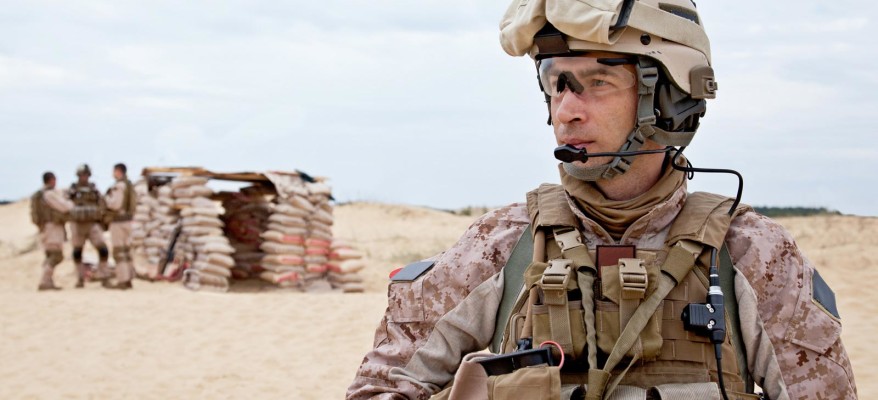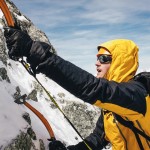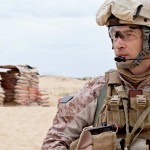Protecting the Brave Abroad
Resiliency, ingenuity and trust: these are words that describe the long-standing, symbiotic relationship between the American textile industry and the U.S. armed forces.
In 2014, the U.S. military paid the textile industry $1.5 billion for 8,000-plus textile items. During more active engagement in Iraq and Afghanistan, spending increased to more than $2.2 billion. Textile companies across the country deliver a range of products from ballistic fabric body armor material to lightweight camouflage systems for tents, tanks and military structures.
“The industry is constantly working to strike a balance between what’s economical and what’s the best, safest product,” said Mia Hill, industrial business manager at Glen Raven. “Military products are far from an ordinary piece of fabric. They’re a protective system that has to be ready for any situation a soldier may face.”
Greenwood Mills, which recently celebrated 126 years of business, supplies fabrics to the U.S. military, protective clothing and specialty industrial markets. The brand strives to produce materials that protect soldiers from biological and chemical agents, as well as extreme weather.
“Investing in research and technology is imperative. R&D makes it possible for us to bring new, innovative, smart textiles to the ever-changing needs of the soldier,” said Jay Self, president of Greenwood Mills. “During the First Gulf War, soldiers found that sand cut through 100 percent cotton material; so, we devised a more durable nylon cotton blend that can withstand desert environments. The material is still used today.”
Additionally, the textile industry is evolving to meet military weight requests. Producers are cognizant of the many items a soldier has to carry in the battlefield – backpack, weapons system, bulletproof vest, helmet and more – and are working with top military researchers to create lighter-weight products that don’t compromise on integrity.
“More efficient equipment allows us as soldiers to focus not on ourselves, but rather the most important part of our work, the mission at hand,” said Philip Tonseth, West Point graduate and second lieutenant in the U.S. Army. “The Armed Forces operate in a multi-threat world, and any advantage that our equipment can provide is not only appreciated by the soldier, but is also necessary for success.”
Companies like Greenwood Mills and Glen Raven are doing just that – protecting committed soldiers from all kinds of threats. Greenwood Mills specifically engineers material for each branch of the military. For example, Marine uniforms are treated with insect repellent, and flame-resistant uniforms protect those facing the risk of IEDs. Glen Raven produces an ultra-lightweight camouflage system (ULCANS) that not only hides military structures from the naked eye, but also deflects plane radar systems.
“An immense amount of passion and ingenuity are poured into each and every military textile creation. The immediate post-9/11 years are a perfect example; during that time, textile workers labored 13 of every 14 days to ensure enough military fabric was available,” said Self. “The textile community expresses its admiration and support through production – it’s why we work tirelessly to provide our soldiers with the safest, most reliable, most advanced textiles on the market.”




